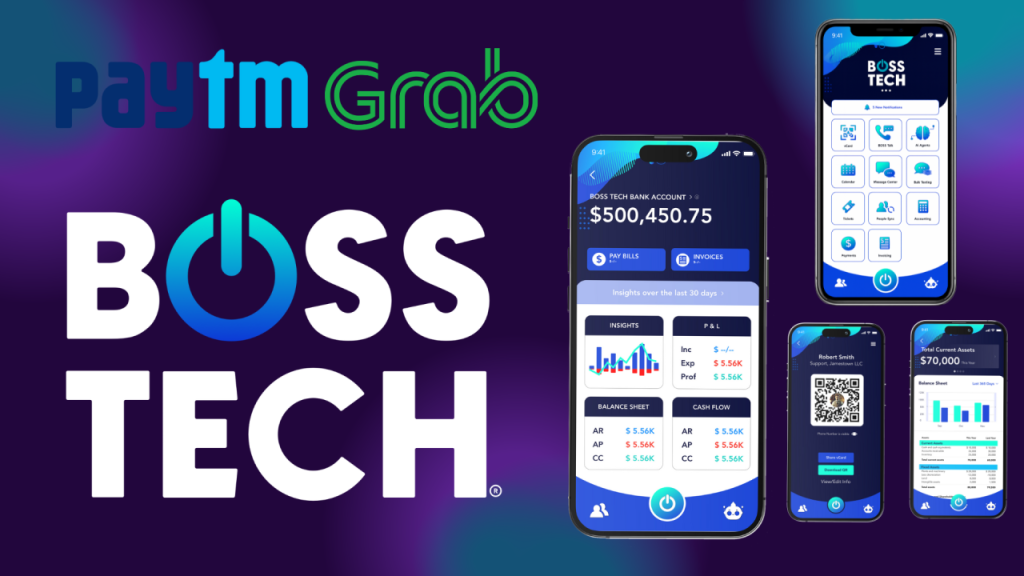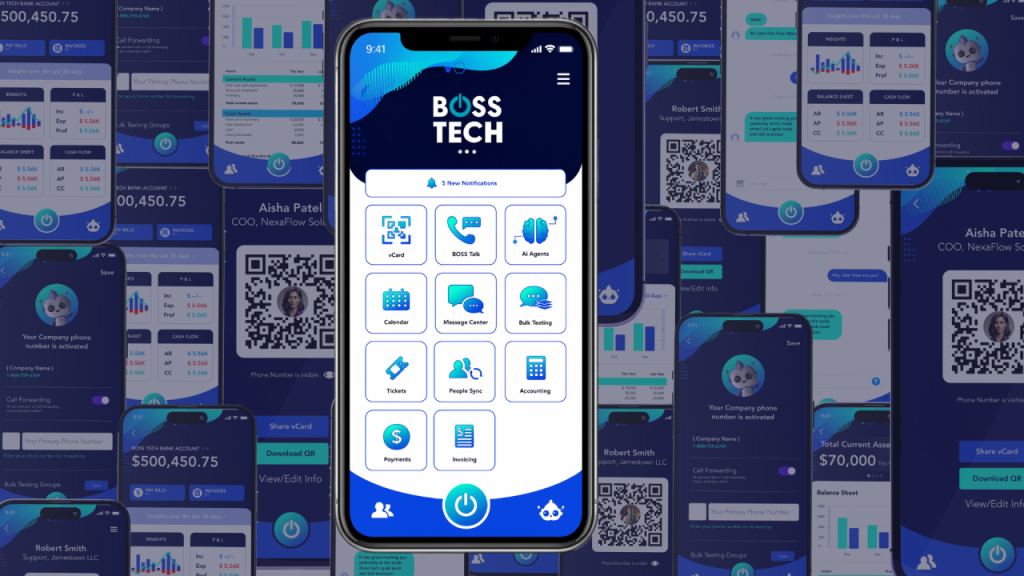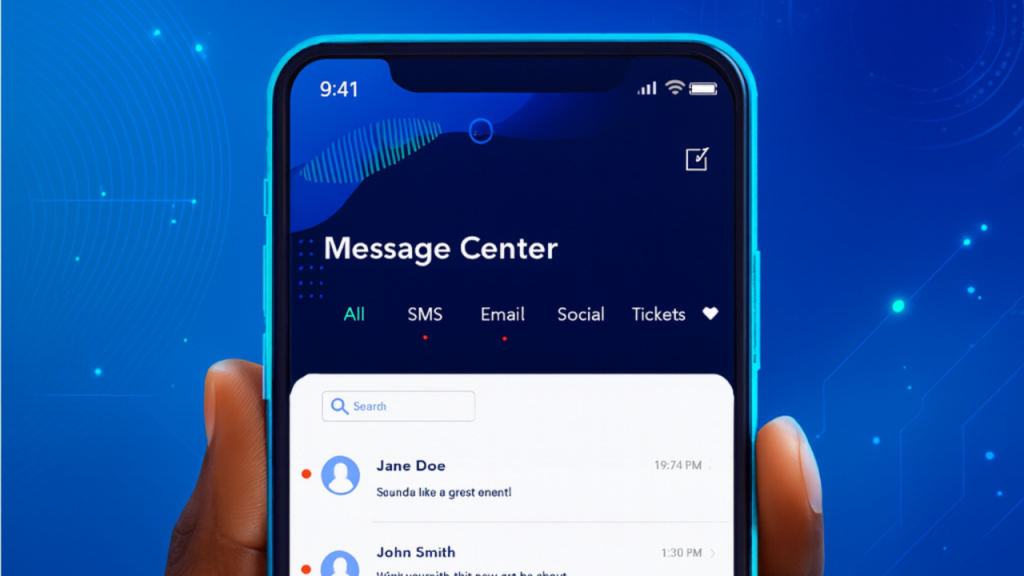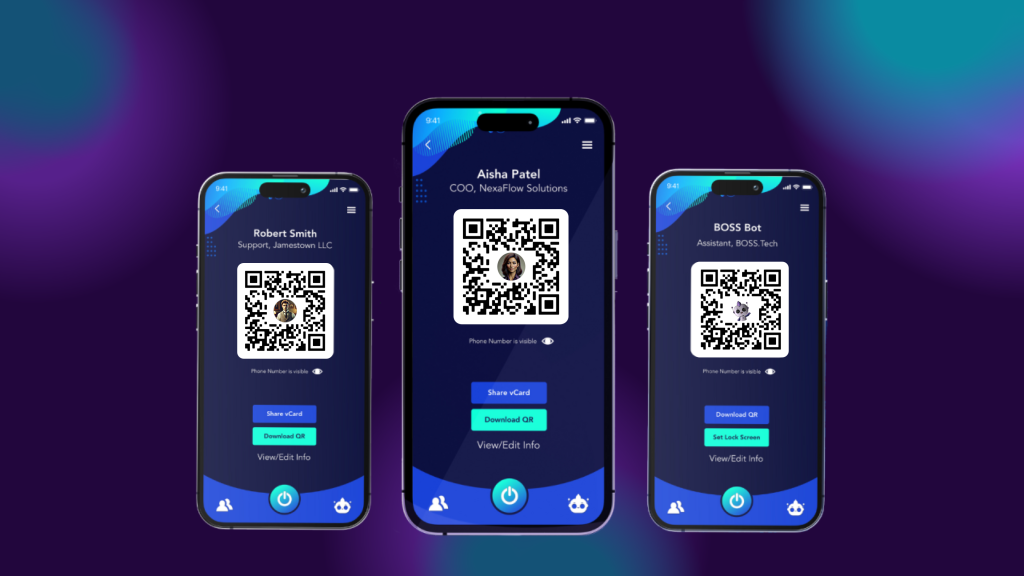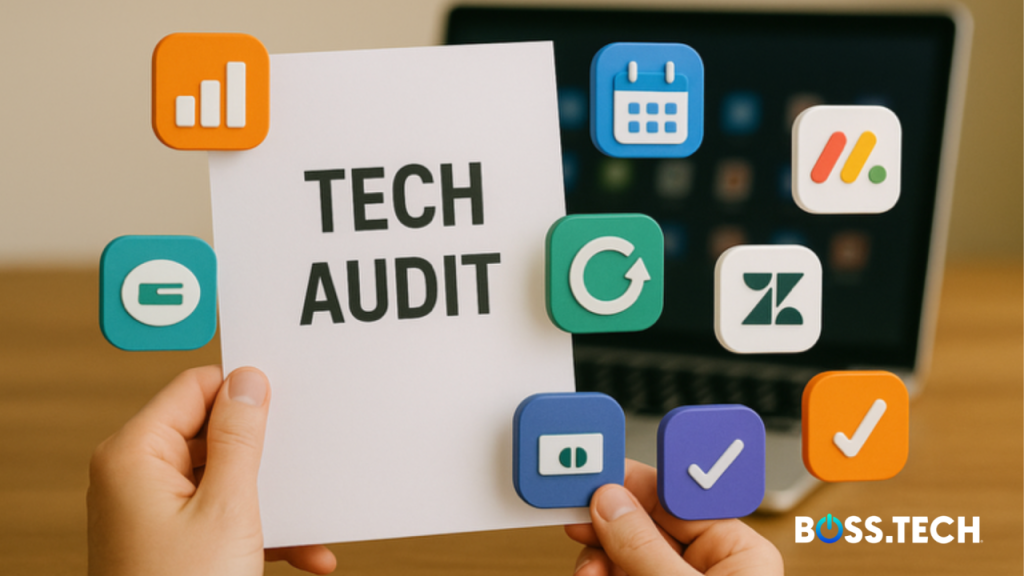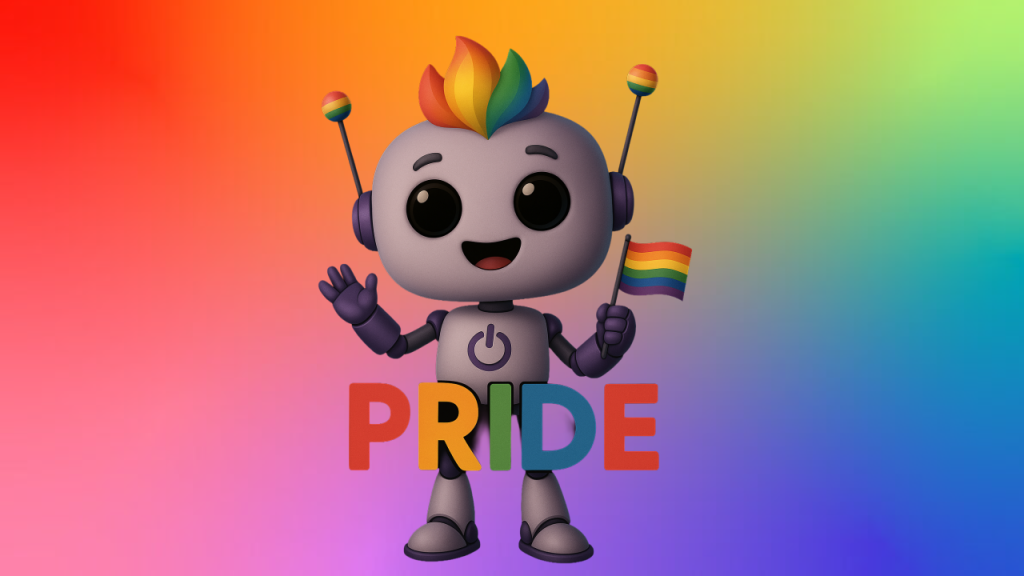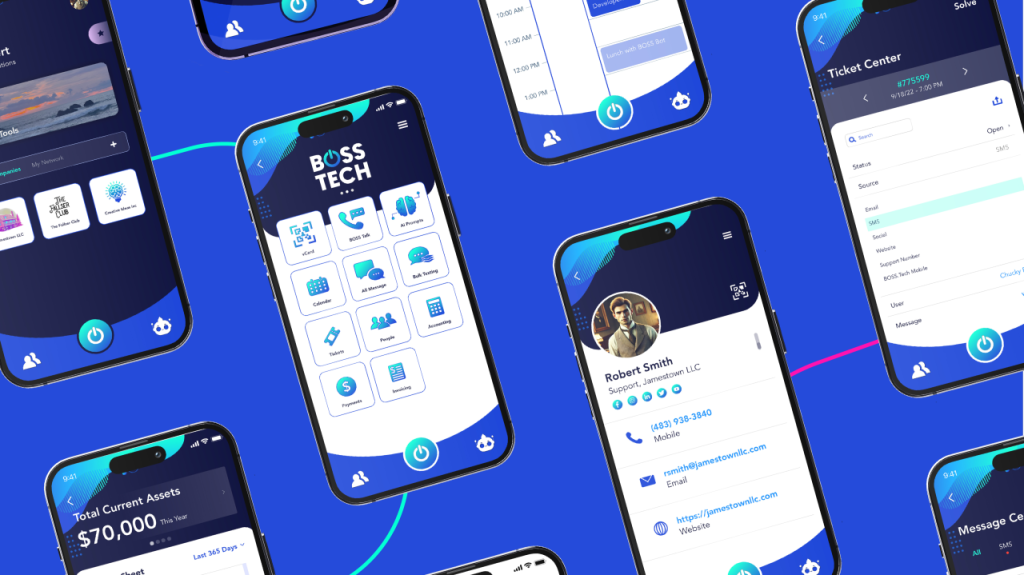The Rise of the Business SuperApp: Lessons from Consumer Tech
The Rise of the Business SuperApp: Lessons from Consumer Tech In China, one app can help you chat with friends, book a doctor’s appointment, pay your bills, order lunch, and run your business without switching screens. Southeast Asia has Grab. India has Paytm. For years, the West has watched these “SuperApps” reshape daily life. We’ve been curious, impressed, and maybe even a little skeptical. But the SuperApp wave is about to hit business, and it is going to change how companies operate. From Consumer Habit to Business Potential SuperApps began as one-stop digital hubs. Need to message someone? Book a ride? Pay a vendor? You could do it all in one place. In countries like China, WeChat became more than a social platform — it became digital infrastructure. Grab in Southeast Asia and Paytm in India followed the same path, embedding payments, communication, commerce, and services into one seamless ecosystem. They didn’t just catch on, they became part of daily life. The reasons are clear: mobile-first adoption, payments integrated from the start, and loyalty built through pure convenience. The same logic that made SuperApps essential for daily life applies to running a company. We all want integration, convenience, and one source of truth. Why the U.S. Hasn’t Gotten There Yet The average small-to-midsize business in the U.S. now runs over 100 different SaaS tools. That’s 100 logins, 100 interfaces, 100 support channels, and 100 separate pockets of data. Every time you switch between apps, you lose focus. Studies show context switching can eat up 40% of productive time in a day — the equivalent of only getting three days of work out of a five-day week. So why hasn’t the U.S. embraced a business SuperApp? Partly because of our fragmented SaaS culture, where every niche has its own “best tool” that doesn’t connect with the others. Privacy and compliance rules add complexity. And many companies still cling to the “best-in-breed” approach, even when it slows them down. But the ground is shifting. AI is now capable of connecting, interpreting, and acting across systems. Even the smallest businesses are digital-first. And with economic pressure pushing companies to consolidate, efficiency is no longer a nice-to-have — it’s survival. What a Real Business SuperApp Must Deliver A true Business SuperApp is not just about putting more features in one place. It’s about connected intelligence, where every part of your operation shares data and context in real time. That means: Unified data so every contact, transaction, and message is linked and current AI that goes beyond answering questions to recommending strategic moves Flexibility to adapt to any industry or company size Security and compliance built in from the start Core functions — messaging, payments, scheduling, analytics — all speaking the same language Think of it as your company’s headquarters in your pocket. The Next Decade In every major tech shift, a few leaders emerge. The companies that move early toward consolidated, intelligent operations will have the speed, agility, and insight to pull ahead. Those that stick with tool sprawl will spend more time managing software than managing their business. We’ve seen consumers embrace all-in-one apps for over a decade. Now it’s business’s turn. The companies that recognize this shift today will shape the way we all work tomorrow. When your tools work together, your team can too. Maybe BOSS.Tech: The Business SuperApp you’ve been waiting for This is exactly where BOSS.Tech comes in. We’ve built the platform to solve the integration, fragmentation, and efficiency problems holding businesses back in everywhere and beyond. Our goal is simple — give companies the power of a true SuperApp, designed for businesses by businesses. BOSS.Tech connects your most critical tools, synchronizes your data in real time, and uses AI to recommend your next move before you have to ask. It’s not about adding “more apps” into one screen — it’s about creating a single, intelligent system that works for you, not the other way around. If WeChat changed the way consumers live in Asia, BOSS.Tech is here to change the way businesses run…everywhere.
The Rise of the Business SuperApp: Lessons from Consumer Tech Read More »

